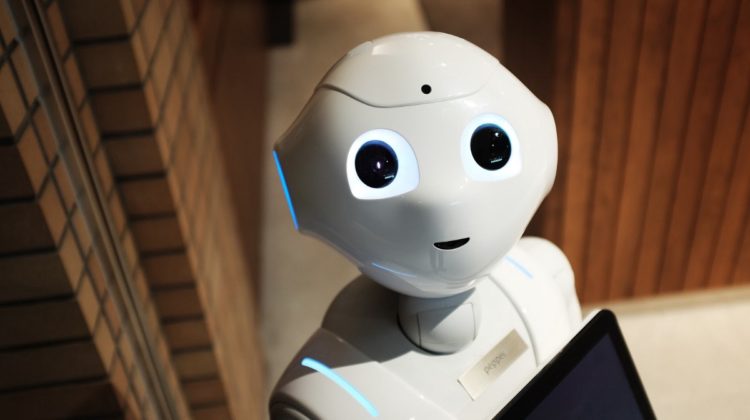
Machine Learning
A branch of Artificial Intelligence, Machine Learning means when computer systems are programmed to learn from data that is input without the need of being constantly reprogrammed. It creates algorithms that produce desired output by feeding itself structured data. Without the need to be programmed they recognize available data’s patterns and make predictions once new data arrives.
There are two broad categories of machine learning problems, namely, supervised and unsupervised learning. It is used in an array of fields like science, healthcare, and finance. R and Python are the popular languages used with Machine Learning.
Deep Learning
A branch of Machine Learning, Deep Learning algorithms is more complex and mathematically sophisticated. It can be defined as an artificial neural network that is designed similar to how a human would come to conclusions. In Deep Learning there are several layers of algorithms and each one provides a different interpretation of the data it feeds on. This layered structure of algorithms is called an artificial neural network (ANN). Deep Learning works on massive amounts of data that is continuously adjusted and improved upon and requires very limited human intervention. Thus Deep Learning is enabled to make high-quality interpretations.
Deep Learning also works in unsupervised or semi-supervised models. Convolutional neural networks (CNNs) and recurrent neural networks (RNNs) are other types of learning models that drive progress in areas such as computer self-driving cars, vision, natural language processing, etc.
Understanding the key differences
1. Hardware
Machine learning can work on lower-end machines without as much computing power. On the contrary, Deep Learning requires processing a large amount of data and conducting complex mathematical calculations thus it requires powerful hardware like graphical processing units (GPUs).
2. Approach
The Machine Learning system works in two steps while the Deep Learning system looks at the whole scenario in a single swoop. To understand this better, let us take the example of cats. Imagine if we want to create a program that would identify cats with and without their name tags. Machine learning would achieve this in two steps — object detection and object recognition. In Deep Learning you would have to input the image and according to the training, it will come back in a single result.
3. Human Intervention
While Machine Learning systems require humans to identify and manually code the applied features based on the type of data like orientation, pixel, or value, Deep Learning systems tries to achieve those features without any human intervention.
4. Time
The range of time that it takes to work both these systems greatly varies. In the case of Machine Learning, a few seconds to a few hours is enough time to get results while it can take a few hours to a few weeks to process huge data sets in Deep Learning. It can take a lot of time to train.
5. Applications
Machine Learning and Deep Learning obviously have very different applications. Machine Learning systems are used for predictive programs like forecasting in the stock market, email spam identifiers and evidence-based treatment plans in the healthcare sector. Popular Deep Learning applications include suggestions in Netflix, music-streaming suggestions, facial recognition, and self-driving cars.
We already live in a world where Artificial Intelligence applications surround us. The future of Machine Learning and Deep Learning is definitely promising. Their influence is not limited to any one industry. In the healthcare sector Deep Learning assists doctors to predict or detect cancer earlier; in the financial sector, it is elevating security, and suggesting sound investment options. There is so much anticipated growth as we have just stepped into a truly digitized age.
